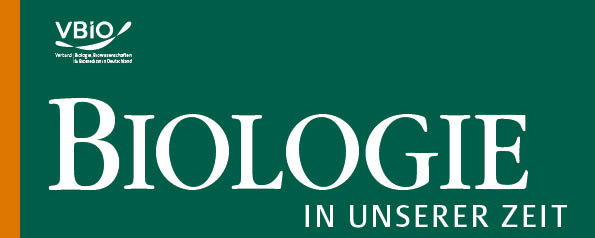Alanin and the magic lamp
Occurence, utilization and production of non-canonical amino acids
Keywords:
Aminosäuren, Alanin-Welt-Hypothese, Hydantoinasen, Transaminasen, l-DOPA, Penicillin, Taxol®, erweiterter genetischer CodeAbstract
Non-canonical amino acids (ncAA) are amino acids that are not part of the standard genetic code and thus are excluded from cellular protein biosynthesis (translation). Amino acids such as α-l-amino acids with non-encoded residues, α-damino acids, and β-amino acids are most important as cellular metabolites and thus as pharmaceuticals. l-DOPA (remedy against Parkinson disease), d-phenylglycine and derivates as side chains of ampicillin and amoxicillin (the antibiotics mostly prescribed for children) as well as β-phenylalanine as pharmacophore of the chemotherapeutic agents Taxol® and Taxotere® (against breast and prostata cancer a. o.) are prominent examples. The biosynthetic pathways for ncAA – often unknown – and the difficult transfer to standardized techniques with established production strains proved as a major challenge for the industrial production of these molecules in the past. Nowadays, enzymes play a key role in ncAA‘s production; tools that have been composed of canonical amino acids so far – and maybe of non-canonical amino acids in the near future.

Downloads
Published
How to Cite
Issue
Section
License
Copyright (c) 2021 Jens Rudat, Ulrike Engel

This work is licensed under a Creative Commons Attribution-ShareAlike 4.0 International License.

